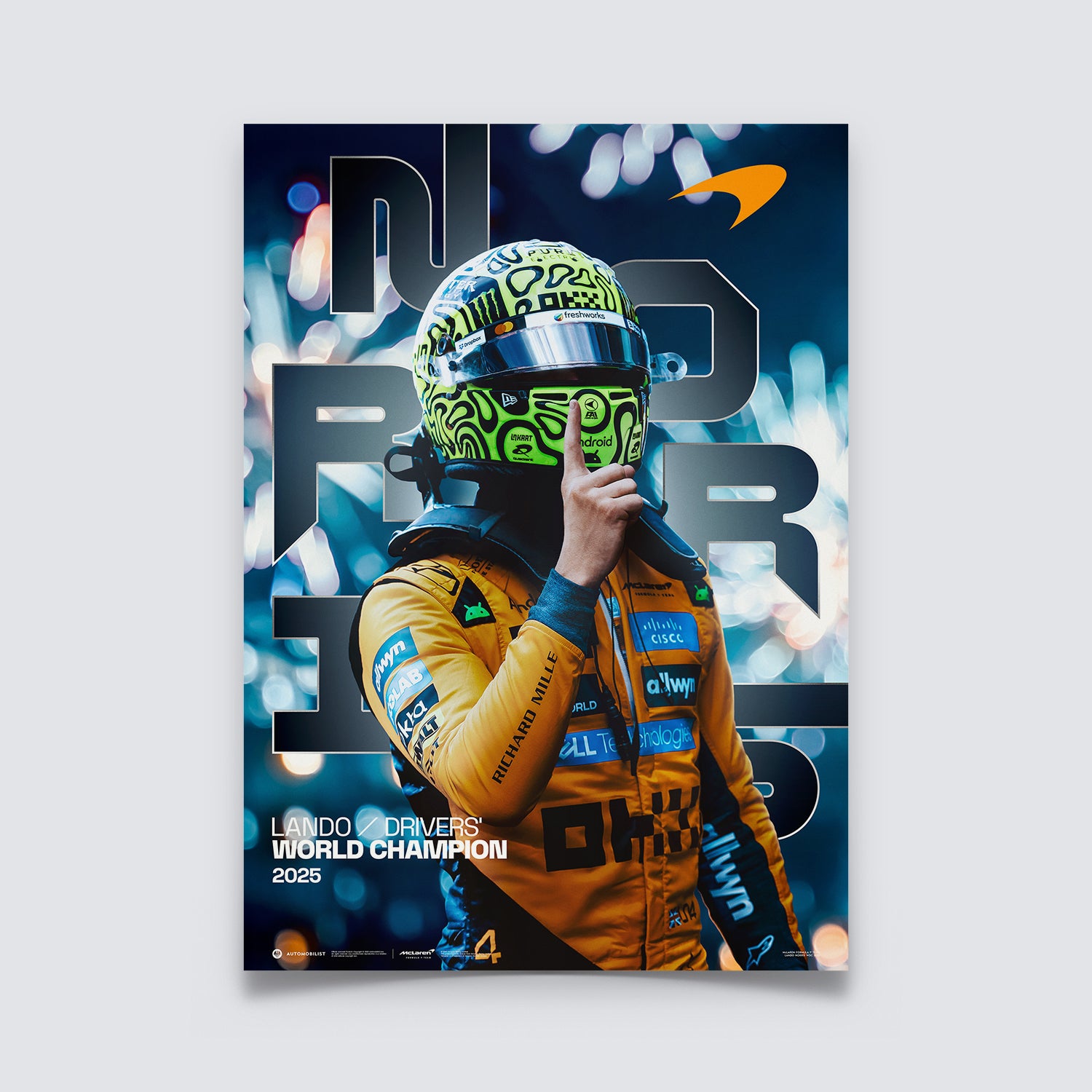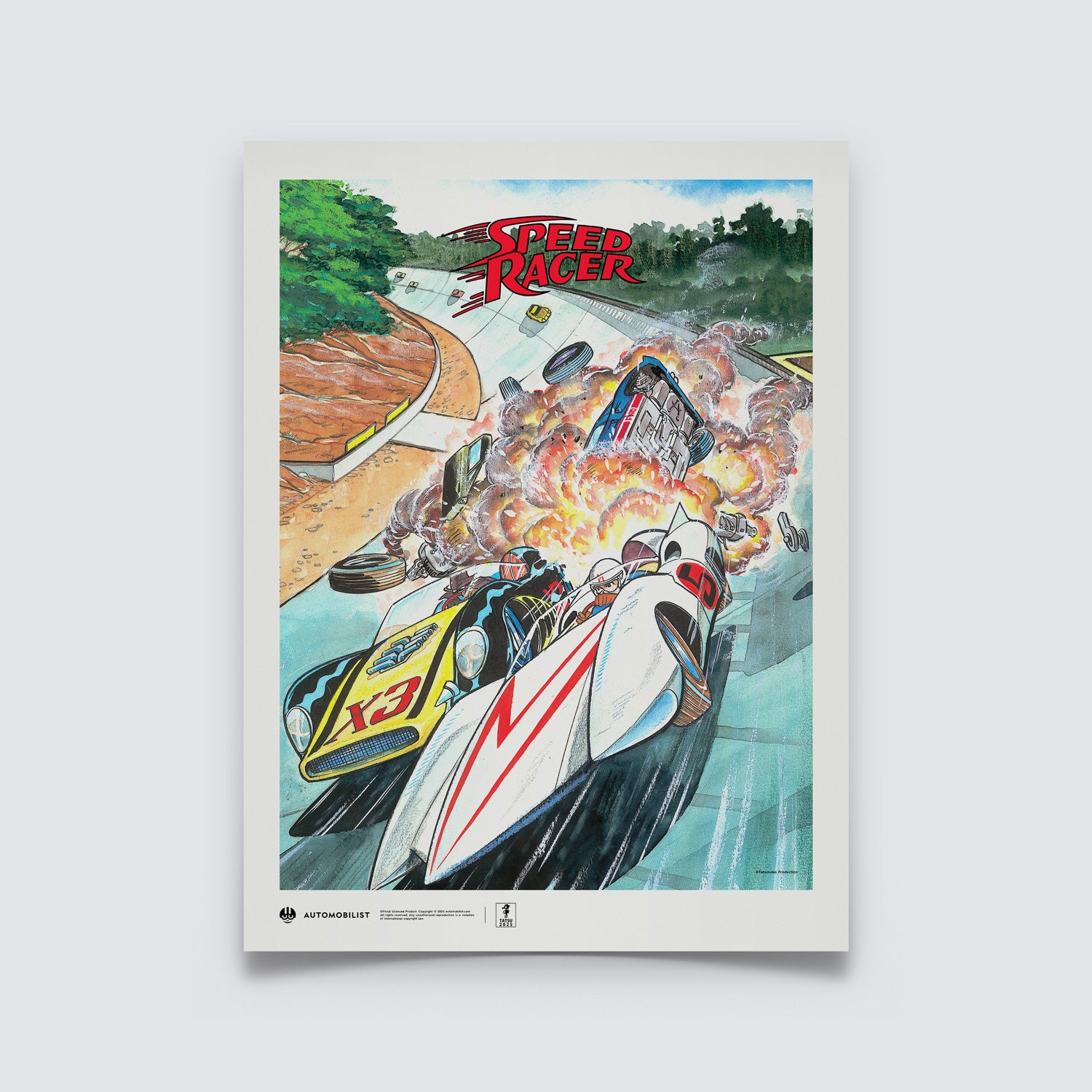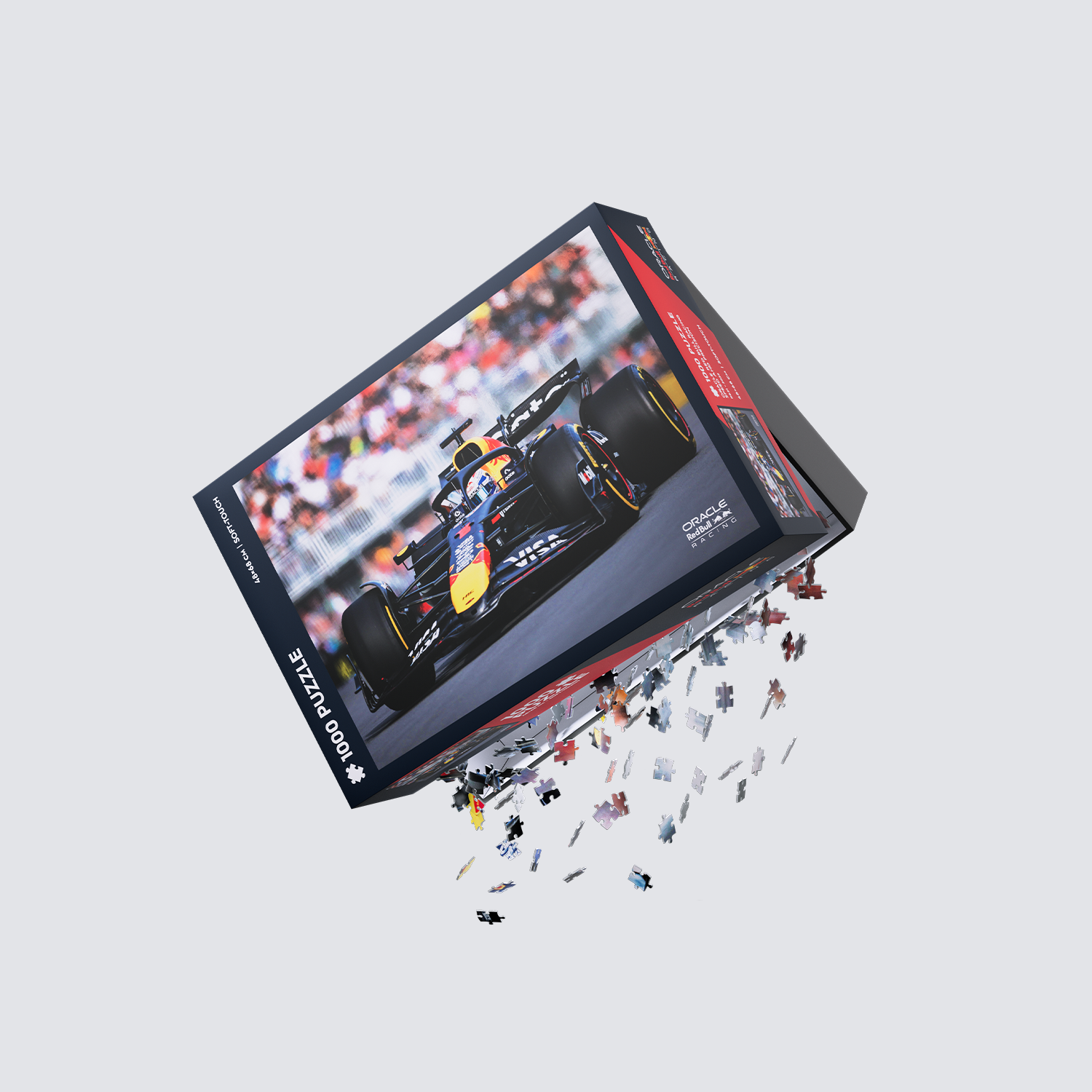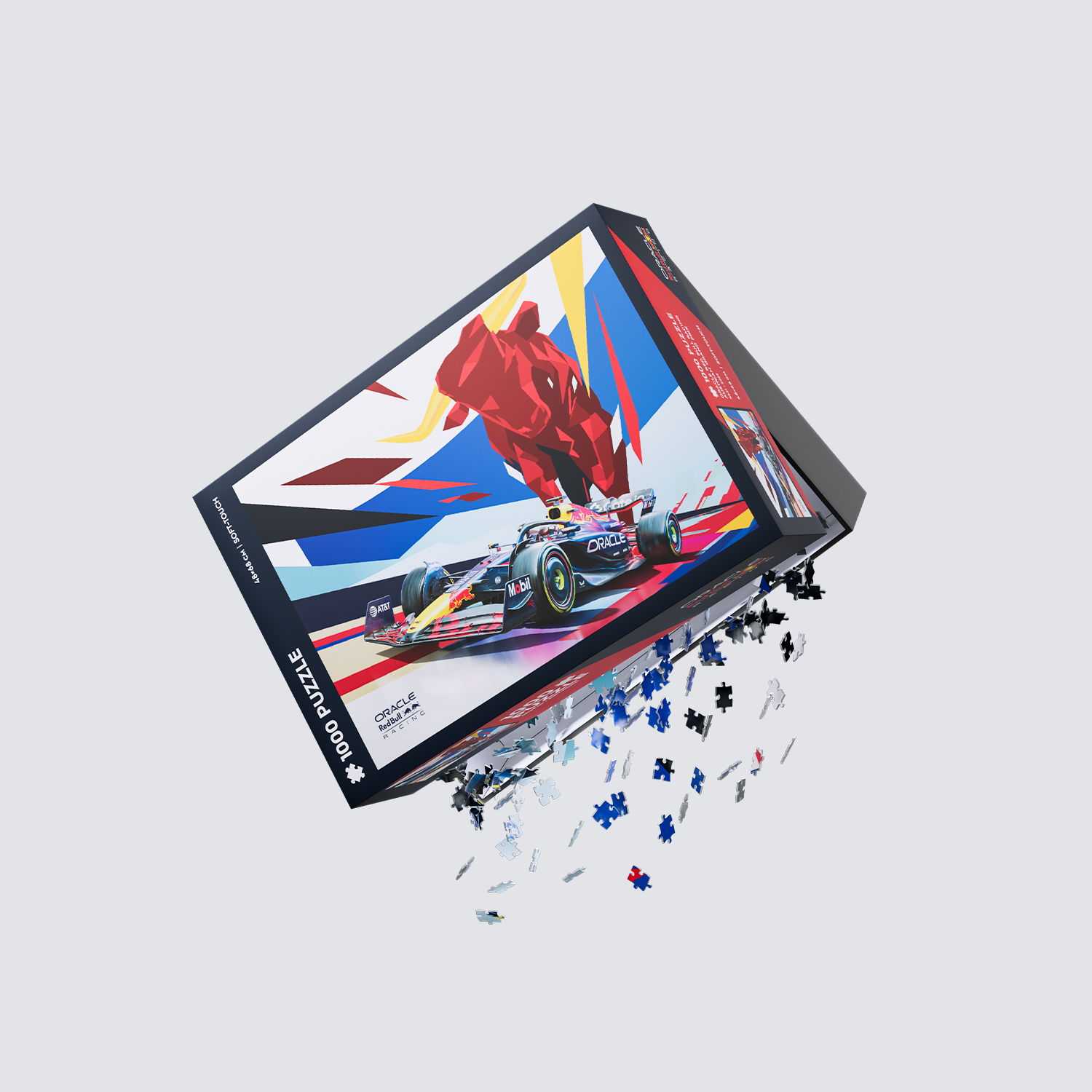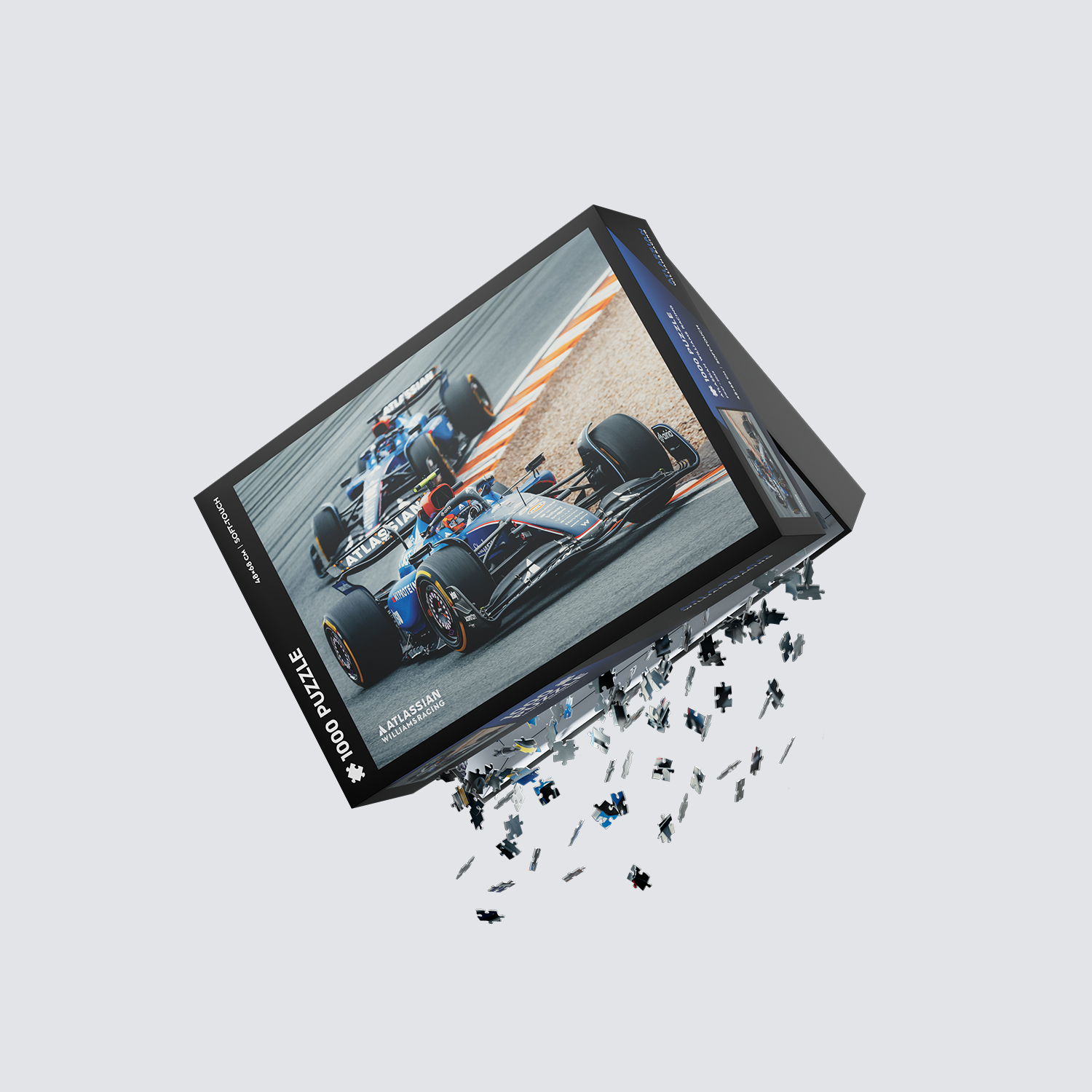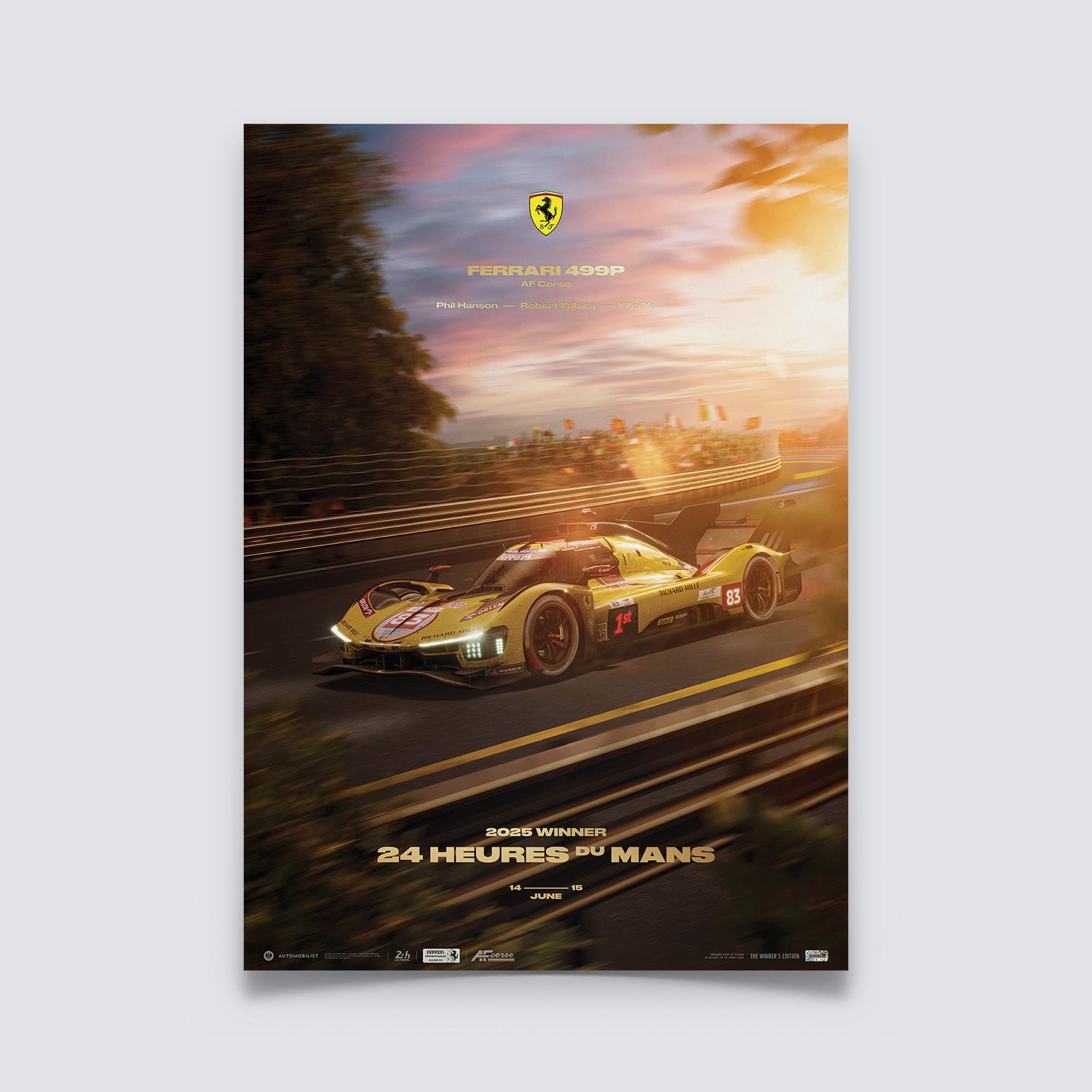Written and captured by Richard Kelley
From the beginning of Formula 1 into the early 80s, every pilot systematically sorted their car's handling characteristics, adapting their machine to shave tenths of a second under braking and then carry that speed through each corner, entry to exit, every lap.
Without telemetry to study and refine his setup, his team's destiny was solely in his hands and reflexes. He would need to wait for the start on Sunday to see if his choices were correct.
In 1972, Barry Sullivan and Peter Davis stood guard over Denny Hulme’s race-ready Yardley Team McLaren-Ford M19c.
One lone crew chief. One assistant mechanic. One photographer, lying on the cold tarmac and waiting for Barry and Peter to hold still so my image would be sharp.
 © Richard Kelley
© Richard Kelley
Fifty-one years ago, squeezing off a final image on the starting grid for the 1972 United States Grand Prix, I or anyone else could not have dreamed of the changes that would occur to this team, to this sport, and the drivers and their machines by the end of that decade; not to mention the worldwide business and marketing spectacle of Formula 1 today.
Nothing would ever be both this simple and this profound again.
I will never forget Gilles Villeneuve, alone in his 312T4, as rain approached and he prepared to win the 1979 US Grand Prix.
The weather was deteriorating quickly, and as drivers milled about, chewing their fingernails and speaking softly to their engineers, they all had their eyes on the darkening skies. While they intended to wait until the last instant to buckle in, Gilles was already sitting calmly in his cockpit, belts pulled to near race-tightness, the massive one-piece Ferrari cowling lying next to him on the tarmac.
I motioned to let me kneel off his right front tire, and he winked. From then on, his face showed no emotion.
 © Richard Kelley
© Richard Kelley
Gilles’ philosophy was sublimely simple: be the fastest through every corner, on every lap, and in every race, because that was a Ferrari driver’s job and the bare sheet metal and rivets holding his cars together were all the protection he required. He would supply the rest.
It seemed that every “Ferrarista” in New York State was pushing aggressively to be near him, yet there was a “bubble” around Gilles as he sat alone; no small cadre of engineers leaning on the chassis, discussing tactics – no Mauro Forgieri urging him to nail his start.
There simply was no need. As he waited in perfect silence, wearing his “race face” as he slowly put on his gloves, the air began to smell of rain. His face never betrayed his emotions if he was conscious of the worsening conditions. That day, it was clear he would drive the only way he knew: pedal flat to the stop. You never had to fear Gilles wasn’t up to the challenge; you worried he might go too fast.
The rain arrived 20 minutes before the start. At the drop of the flag, Gilles would burst past Alan Jones and lead into Turn One. That’s all he required.
Despite low oil pressure that had him nursing his car to the finish, Gilles would win by 48 seconds.
A few pit stalls down from Ferrari sat Rene Arnoux. Waiting for the rain to close, his vision was locked onto a Watkins Glen track that would soon be cold, soaking, and treacherous.
 © Richard Kelley
© Richard Kelley
With the rain came cooler temperatures that would help his delicate Renault V6 turbo, but rob his stiff Michelin tires of grip. He knew opportunities would open for only an instant. That day, Rene would demonstrate why he was among the chosen few.
This season, Arnoux's RE10, while unreliable, had already helped him capture two podiums and backed his claim of "immortality" with his fierce but good-natured wheel-banging duel with Gilles Villeneuve's Ferrari for second place in the French Grand Prix at Dijon, as Arnoux fought to make it a one-two finish for Renault. He finished third to Villeneuve, but he won the heart of every French racing fan.
On this day, he battled through the spray to finish second in the 1979 US Grand Prix, and his third podium, once again behind his great friend, Gilles.
Having qualified second for the 1982 Detroit Grand Prix, Italy’s Andrea de Cesaris stretches to burn off his intense nervous energy while waiting to be belted into his Marlboro Alfa-Romeo.
 © Richard Kelley
© Richard Kelley
A former World Karting Champion, de Cesaris had a mercurial personality and became known for being fast but unpredictable.
He would drive for ten teams in over 208 races during his long F1 career without claiming victory. Here in Detroit, he would wait in vain - his transmission would fail on Lap 2.
By 1983, Formula One radically transformed itself with ground effects, carbon fiber, turbocharging and electronic engine management, but not without pain and frustration.
During the Detroit Grand Prix, Team Lotus driver Elio de Angelis anxiously waits for solutions to perpetual problems with his John Player Special Lotus 93T. The sheer number of interrelated problems created by these new systems made the diagnosis of his car’s poor performance at times impossible. During the 1983 season, de Angelis experienced 12 retirements out of 15 Grand Prix.
 © Richard Kelley
© Richard Kelley
Today’s full-field F1 finishes can thank the never-give-up attitude born of 50 years of F1 frustration and waiting.


